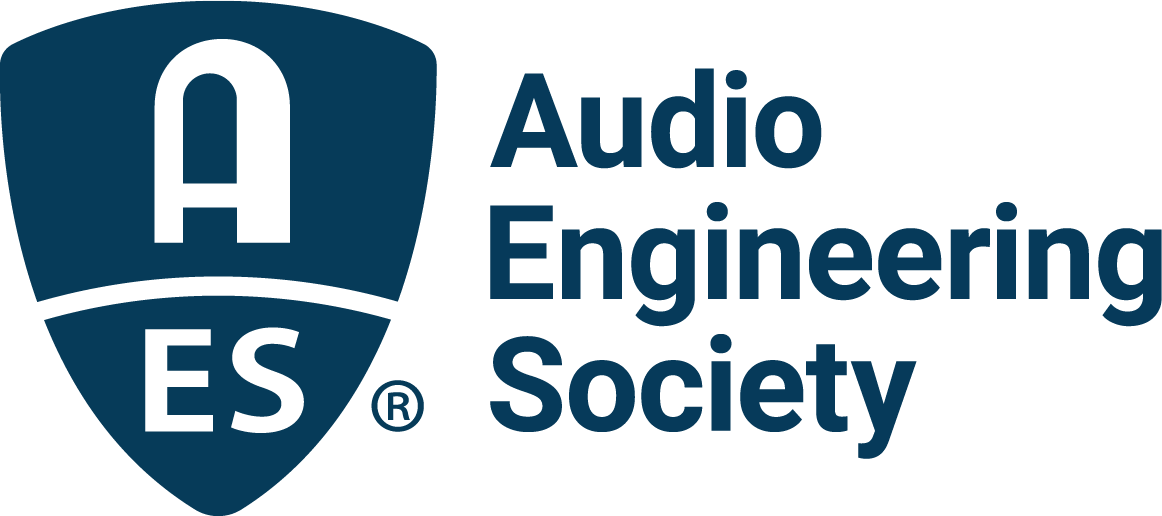

Date
- Oct 07 2025
- Expired!
Time
- 7:00 pm - 8:30 pm
AES UK Section – Discrepancies between measured and perceived quality of sound reproduction system
There is a large discrepancy between the measured and perceptual quality of audio systems. This is a severe hurdle for designing systems with a high perceptual quality. The presentation will begin with the improper use of the Fourier theory in audio, which lies at the basis of this discrepancy. From this starting point, several causes of it will be presented, followed by the description of an artefact and its causes, which has not been described yet. A more holistic analysis of audio systems, including a study of the open-loop properties of the individual amplification stages, its non-constant open-loop output impedance, the interaction of the amplifier with the complex impedance of the load, and the contribution of the power supply will follow.
A bonus result will be that the discussion about feedback can be skipped, as feedback is a multi-dimensional phenomenon and the fierce discussion is useless. A number of revised design rules and their feasibility will be presented, as well as recommendations for an extended theory of feedback and novel ways for measurements. These should be using signals, which have far more similarity to music than are commonly used now. As Jamie Angus-Whiteoak stated: very few people listen to test-tones.
About the Speaker Dr. Hans R.E. van Maanen:
Hans van Maanen (Dutch) is a physicist by training. His B.Sc and M.Sc. are from the University of Amsterdam, and his Ph.D. is from the Delft University of Technology. He has worked in R&D during his professional career.
His love for music triggered the foundation of ‘Temporal Coherence’, working on High-End Audio systems for the consumer market. As a physicist, he has a different view on how sound reproduction should be realized. By studying the backgrounds of several paradoxes in sound reproduction, he emphasizes the correct temporal properties of audio systems and the importance of a holistic view on the sound reproduction chain from the microphone to the sound, coming from the loudspeakers, and how this is experienced by human hearing. The analysis should therefore also include the interaction between, e.g., the amplifier and the loudspeaker.
He is working on how audio equipment responds to complex signals, like music, and which properties are important for a high perceived quality, and how this should reflect in the design of audio equipment. It is clear to him that the current approach is unable to predict the perceived quality and that more extensive theories and test signals need to be developed.
